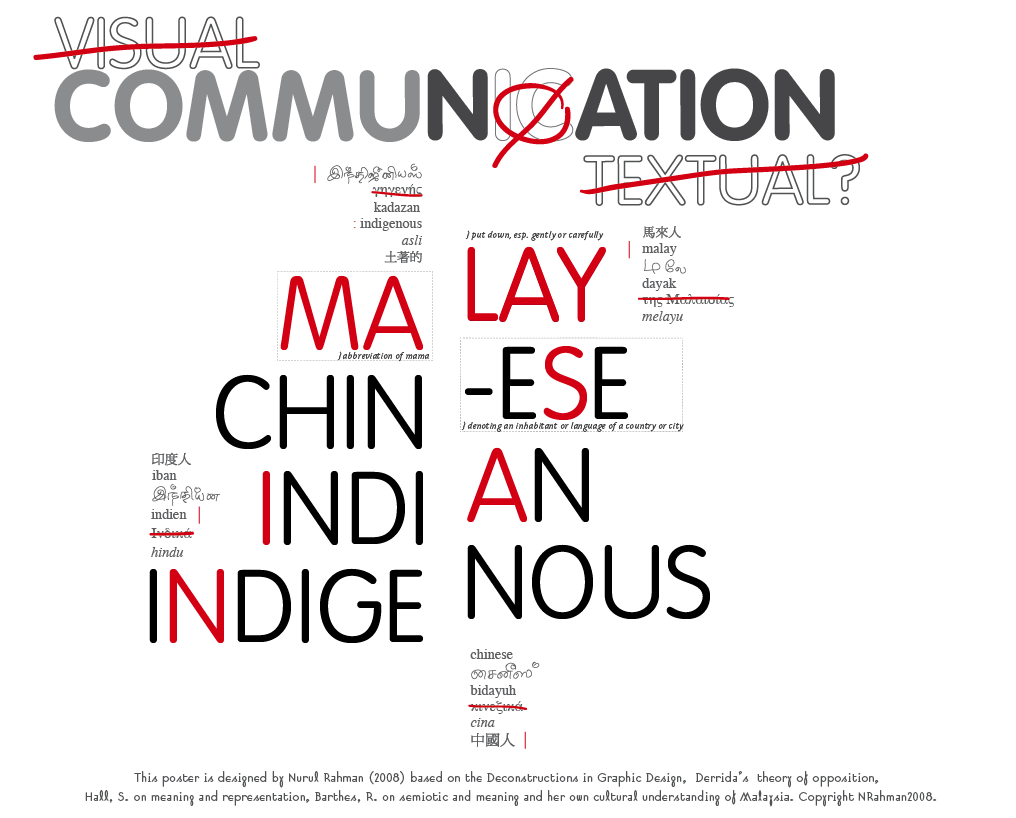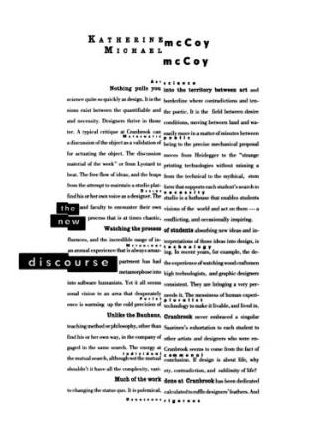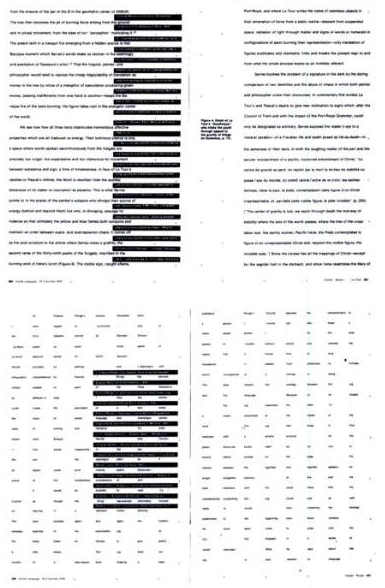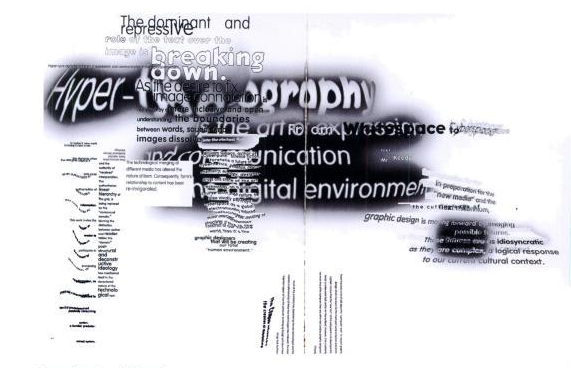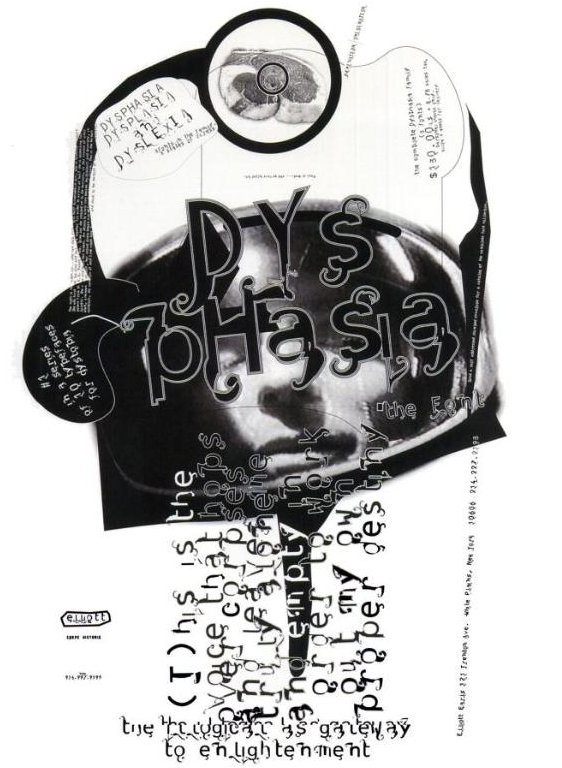
“The uniqueness of identity- a myth or ?” by Nurul Rahman is licensed under a Creative Commons Attribution-Noncommercial-No Derivative Works 2.5 Australia License.
By nature, we desire to have connections with ˜something. It is a feeling of acceptance, to be part of someone, group, nation, country, culture, lifestyle, class and etc. People speak about where they come from, the custom they practice, the language they speak, their preferred kind of food, the style they adore, lifestyle and fashion, and sometimes the weather, depending on situation.
Through the discourse or through other communication mediums, people received perceptions and categories one from another. Others would perceive this information and categories one in a group one belongs to and give a name for it. Its what some people would describe as an identity. Gauntlett, David (1998) on Foucaults (1977) ideas on identity, people just wants to have ˜something, a reason to start a conversation. ˜It is a discourse.
However, can it be said that the notion of unique identity is emotionally attached, through elements such as icon, label, object, symbol, behavior, product and etc. This notion of uniqueness is powerful. It is powerfully built around the emotional connection of nostalgic memories, historical relations, personal interest and childhood experiences. It creates a sense of chivalry and injected patriotic spirit to the people that dwell in a country. Some would call it the spirit of nationalism. Others would describe it as singularity belief. Believing in ˜something that has an on going intimate relationship with oneself. Susan Stewart in her book ˜Longing wrote an interesting example in relation to people and their antiquities in england. Through the object, nationalism becomes romantic nationalism. ˜Between the time of Camden and the time of Victorian antiquatirians, nationalism became romantic nationalism in England, a venerations of pastoralism, decentralization, and a collective folk spirit.(Stewart 1993 pp143).
Another examples on people emotional attachment with objects and their connection with country is as Englishman Joseph Hunter explains, in the preface to his Antiquarian Notices of Lupset, the Heath, Sharston, and Ackton, in the Country of York (1851):
There are two sorts of countries that divide the face of the globe, new countries and old¦which of these two sorts of countries would a man reflection, a man of taste, a man whose heart beats with moral perceptions and feelings, a choose to dwell in?… I conceive it to be one of the advantages which the fortune of my birth reserved for me, that I was born in an old country¦I love to dwell in a country where, on whichever side I turn, I find some object connected with a heart-moving tale, or some scene where the deepest interests of a nation for ages to succeed have been strenuously agitated, and emphatically decided [Hunters ellipses].” (Hunter quoted in Stewart pp. 142)
What creates the intimates relations between the ‘object’ and people? How can the ‘object’ connect and become strongly attach to us? Is it the emotional connections between the people and ‘objects’, that creates the notion of uniqueness, describing, that the place where we dwelling is somehow different and unique?
˜Objectthat we collected have becomes part of our life, and live in our memories. Every time we see something similar in shape or color, or even a representation of it, somehow it could trigger the connection again.
These are some of the elements or ˜object that been used in the advertisements and some printed materials for the purpose of selling and communicating. The representation of the ˜object appeared again and it attracts people to relate it with their longed memories. The ˜objectcould be anything. It can be antiquities, behavior, nostalgia, glance of a narrative and etc. It is through the visual representation of these objects, we relates to our past. Perhaps, some object can takes us to a journey towards future. A vision, a dream or a myth!
David Gauntlett is Professor of Media and Communications at the School of Media, Arts and Design, University of Westminster. http://www.theory.org.uk/david/
~l=”license” href=”http://creativecommons.org/licenses/by-nc-nd/2.5/au/”>
“The uniqueness of identity- a myth or ?” by Nurul Rahman is licensed under a Creative Commons Attribution-Noncommercial-No Derivative Works 2.5 Australia License.
By nature, we desire to have connections with ˜something. It is a feeling of acceptance, to be part of someone, group, nation, country, culture, lifestyle, class and etc. People speak about where they come from, the custom they practice, the language they speak, their preferred kind of food, the style they adore, lifestyle and fashion, and sometimes the weather, depending on situation.
Through the discourse or through other communication mediums, people received perceptions and categories one from another. Others would perceive this information and categories one in a group one belongs to and give a name for it. Its what some people would describe as an identity. Gauntlett, David (1998) on Foucaults (1977) ideas on identity, people just wants to have ˜something, a reason to start a conversation. ˜It is a discourse.
However, can it be said that the notion of unique identity is emotionally attached, through elements such as icon, label, object, symbol, behavior, product and etc. This notion of uniqueness is powerful. It is powerfully built around the emotional connection of nostalgic memories, historical relations, personal interest and childhood experiences. It creates a sense of chivalry and injected patriotic spirit to the people that dwell in a country. Some would call it the spirit of nationalism. Others would describe it as singularity belief. Believing in ˜something that has an on going intimate relationship with oneself. Susan Stewart in her book ˜Longing wrote an interesting example in relation to people and their antiquities in england. Through the object, nationalism becomes romantic nationalism. ˜Between the time of Camden and the time of Victorian antiquatirians, nationalism became romantic nationalism in England, a venerations of pastoralism, decentralization, and a collective folk spirit.(Stewart 1993 pp143).
Another examples on people emotional attachment with objects and their connection with country is as Englishman Joseph Hunter explains, in the preface to his Antiquarian Notices of Lupset, the Heath, Sharston, and Ackton, in the Country of York (1851):
There are two sorts of countries that divide the face of the globe, new countries and old¦which of these two sorts of countries would a man reflection, a man of taste, a man whose heart beats with moral perceptions and feelings, a choose to dwell in?… I conceive it to be one of the advantages which the fortune of my birth reserved for me, that I was born in an old country¦I love to dwell in a country where, on whichever side I turn, I find some object connected with a heart-moving tale, or some scene where the deepest interests of a nation for ages to succeed have been strenuously agitated, and emphatically decided [Hunters ellipses].” (Hunter quoted in Stewart pp. 142)
What creates the intimates relations between the ‘object’ and people? How can the ‘object’ connect and become strongly attach to us? Is it the emotional connections between the people and ‘objects’, that creates the notion of uniqueness, describing, that the place where we dwelling is somehow different and unique?
˜Objectthat we collected have becomes part of our life, and live in our memories. Every time we see something similar in shape or color, or even a representation of it, somehow it could trigger the connection again.
These are some of the elements or ˜object that been used in the advertisements and some printed materials for the purpose of selling and communicating. The representation of the ˜object appeared again and it attracts people to relate it with their longed memories. The ˜objectcould be anything. It can be antiquities, behavior, nostalgia, glance of a narrative and etc. It is through the visual representation of these objects, we relates to our past. Perhaps, some object can takes us to a journey towards future. A vision, a dream or a myth!
David Gauntlett is Professor of Media and Communications at the School of Media, Arts and Design, University of Westminster. http://www.theory.org.uk/david/


